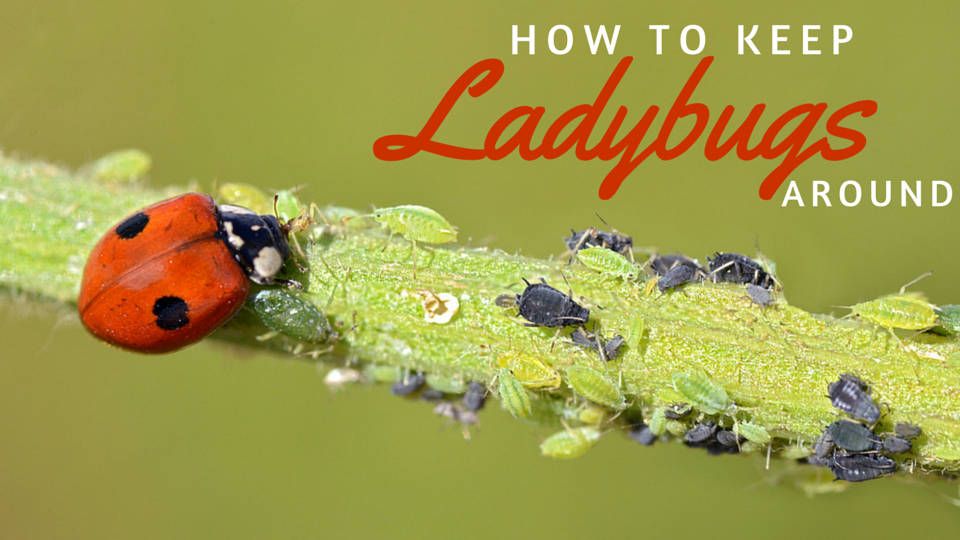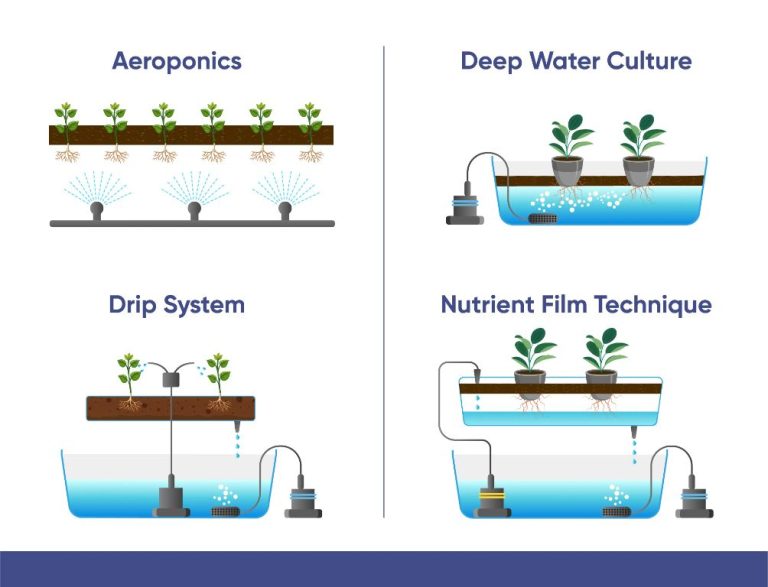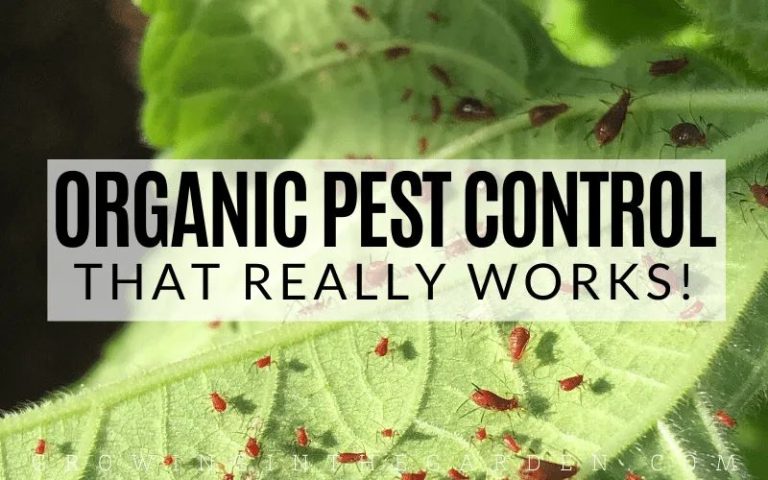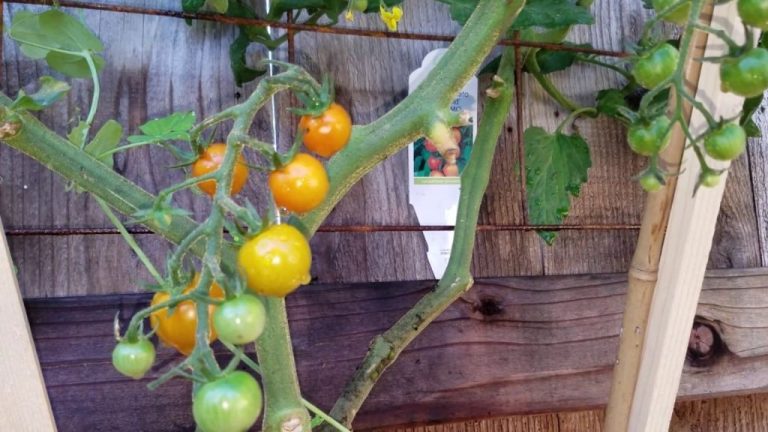The Importance Of Organic Pest Identification In Garden Management
Successful organic gardening requires an integrated pest management approach that relies heavily on correctly identifying which insects and other organisms are present. Proper organic pest identification enables gardeners to understand pest life cycles, monitor for early detection, evaluate threat levels, and determine the most selective and effective organic control methods. Misidentifying garden pests can lead to unnecessary pesticide applications, plant damage from unchecked pests, or loss of beneficial insects. This article outlines key organic garden pests, explains how to identify them, and provides organic strategies tailored to each pest based on its biology and behavior. By learning how to properly identify common organic garden pests, gardeners can implement targeted, sustainable solutions for managing insects while protecting environmental and human health.
Identify Common Organic Garden Pests
Some of the most common insect pests found in organic vegetable gardens include aphids, cabbage worms, squash bugs, Colorado potato beetles, flea beetles, slugs, and snails. Common plant diseases include blights, mildews, molds, wilts, and rots caused by fungi, bacteria, or viruses. Properly identifying which pests are present allows gardeners to target control methods effectively.
Aphids are small, soft-bodied insects that suck sap from stems and leaves, causing curled, wilted, or distorted growth. They secrete sticky honeydew that attracts ants and leads to growth of sooty mold fungus. Common types include green peach, melon, potato, foxglove, and lettuce aphids. Cabbage worms such as the imported cabbageworm, diamondback moth caterpillar, and cabbage looper eat large holes in brassica leaves. Squash bugs and cucumber beetles damage cucurbit crops like squashes, melons, and cucumbers.
The Colorado potato beetle is a significant pest of potatoes and other solanaceous crops. Flea beetles are tiny black jumping beetles that feed on eggplants, tomatoes, potatoes, and brassicas. Slugs and snails rasp away leaves and fruits with their rough tongues, leaving behind telltale slime trails. They feed at night and hide under boards or mulch by day.
Common fungal blights include early blight on tomatoes and potatoes and downy mildew on cucurbits and basil. Powdery mildew is a fungal disease that affects squash, pumpkins, cucumbers, and other crops. Fusarium and verticillium wilts attack tomatoes, peppers, eggplants, and vines. Bacterial diseases like bacterial spot and speck can also affect tomatoes and peppers.
Identifying which pests are present in the garden through careful observation of symptoms and signs is the first step toward successful organic pest control.
Understand Pest Life Cycles
Understanding the life cycle of common garden pests is critical for determining the best organic control methods and timing (Source). Knowing the developmental stages of pests helps identify their weakest points and when they are most vulnerable to natural predators or organic pesticides. For example, many insect pests are best controlled in their juvenile stages before reaching adulthood and reproducing rapidly. Likewise, fungal diseases can be prevented by removing infected plant debris during dormant periods in their life cycle.
Rotating pesticides with different modes of action is an important resistance management strategy. However, knowledge of pest generations and life stages is also key to effective rotation. Applying pesticides strategically during critical life stages increases control while avoiding overuse of any single pesticide (Source). With careful timing guided by pest biology, gardeners can target the weakest life stages and avoid wasting pesticides on resistant adults.
Prevent Pest Problems
There are several cultural, physical, and biological prevention methods that can help deter pests and reduce infestations in an organic garden.
Cultural prevention involves using good gardening practices to promote healthy plants and discourage pests. This includes techniques like crop rotation, selecting pest-resistant varieties, and proper watering and fertilization. Crop rotation prevents the buildup of pest populations that thrive on certain plants. Choosing disease-resistant plant varieties also makes them less susceptible to common pests (Gardening Holic, 2023). Proper watering and fertilization helps plants withstand and outgrow minor pest damage.
Physical barriers such as row covers, netting, traps, and collars can exclude pests or prevent access to plants. Row covers act as a protective barrier against flying and crawling insects. Netting over plants deters larger pests like birds. Traps lure and contain pests through pheromones, color attractants, or food baits. Collars wrapped around plant stems prevent crawling pests from reaching the plant above ground (Gardening Channel, 2023).
Introducing beneficial insects and organisms boosts the garden’s natural defenses. Ladybugs, green lacewings, and predatory mites all feed on common garden pests. Nematodes control soil-dwelling pests. Birds and bats prey on insects. And companion planting specific plants near each other maximizes pest deterrence based on their naturally repellant or attractant properties.
Monitor for Early Detection
Detecting pests early when populations are low is a key component of an integrated pest management strategy for organic gardens. Regular monitoring allows you to identify and address problems before they get out of control.
Conduct visual inspections weekly, examining plants closely with a hand lens for early signs of infestation. Pay special attention to the undersides of leaves and places where pests like to hide and lay eggs. Look for things like chewed leaves, spots, sticky honeydew, and small insects or eggs (How to Monitor).
You can also use yellow sticky traps or sweep nets to capture flying pests for easier identification. Traps allow you to track population sizes over time (Monitoring for Crops Pests). The key is detecting pests early before major damage occurs.
Identify Beneficial Insects

There are many beneficial insects that can help control pests in an organic garden. Knowing how to identify them is key to supporting their populations and leveraging their pest management abilities. Some of the most common beneficial insects include:
- Ladybugs – These recognizable red and black beetles prey on aphids, thrips, mites, and other soft-bodied insects.
- Lacewings – The larvae of these insect eat aphids, thrips, whiteflies and other small insects. Adult lacewings feed on nectar, pollen and honeydew.
- Hoverflies – The larvae of many hoverfly species feed on aphids and other garden pests. Adults are pollinators.
- Ground beetles – These black beetles with long legs eat slugs, snails, cutworms, caterpillars and other ground-dwelling pests.
- Parsley worms – The larvae of these swallowtail butterflies feed on carrot, dill and fennel plants, but do not cause significant damage. Adults are important pollinators.
Supporting populations of beneficial insects provides free, natural pest control. Strategies like planting nectar resources (hedgerows) and avoiding broad-spectrum insecticides can help attract and maintain beneficial insects in the garden.
Choose Selective Organic Pesticides
When choosing organic pesticides, it is important to select products that specifically target the pest you want to control, while preserving beneficial insects like ladybugs, lacewings, and hoverflies (Grow Pittsburgh, n.d.). Broad-spectrum pesticides often kill both pests and beneficials, disrupting the natural balance in your garden.
Selective organic pesticides contain ingredients derived from plants like pyrethrum, neem oil, or essential oils that are less toxic to beneficial insects. Research shows selective organic pesticides can effectively control pests while maintaining biodiversity and natural pest control when used as part of an integrated pest management strategy (Seufert et al., 2017).
Always read labels thoroughly and follow directions to target the right pests and avoid harming pollinators and natural enemies of pests. With careful selection and application, organic gardeners can leverage biopesticides that preserve the garden’s ecosystem.
Time Applications Strategically
Proper timing of organic pesticide applications is crucial for effectiveness. Organic sprays often have shorter residual activity than synthetic pesticides, so applications must coincide with pest life stages when they are most vulnerable (1). For example, Bt (Bacillus thuringiensis) is most effective when applied to caterpillar pests during early larval instars before they burrow into plant tissues. Oils and soaps are best applied during dormant season to smother overwintering soft-bodied pests like aphids, whiteflies and scale. Organic fungicides like sulfur should go down right before disease normally appears, and repeat applications may be needed after heavy rains. Paying close attention to monitoring data and pest life cycles will indicate the optimal windows for treatment.
In addition, combinations of organic pesticides applied in succession can boost control. For instance, applying horticultural oil followed by Bt allows the oil to penetrate eggs and soft-bodied pests while Bt gets newly hatched larvae (2). Synergistic combinations like oils plus pyrethrins can expand the range of insects controlled. Proper timing and combinations provide a one-two punch that enhances efficacy of organic pesticide applications.
Integrate Multiple Control Methods
The most effective organic garden pest management involves integrating multiple control methods into a comprehensive program. Relying on just one technique often leads to poor results. Organic growers need to utilize a combination of preventative measures, vigilant monitoring, and timely applications of selective treatments when needed. According to Farmscaping: Making Use of Nature’s Pest Management Services, combining cultural practices, biological controls, and selective sprays into an integrated organic pest management plan is key to long-term success.
An integrated organic approach means deploying prevention first through proper garden hygiene, planting pest-resistant varieties, using row covers, and intercropping with pest-repelling plants. Careful monitoring then allows for early intervention using biological controls like beneficial insects or bacteria at the first signs of pest damage. As a last resort, organic sprays with ingredients like neem oil, insecticidal soaps, or Bt can be applied sparingly and timed to the pest’s life cycle. However, over-reliance on any single method leads to resistance, so continually varying control techniques and combining several together is ideal.
According to Integrated Organic Pest Management More on The Radar, successfully managing pests without synthetic chemicals requires dedication to an integrated program. The synergistic effects of blending prevention, monitoring, and control provides the best chance for an abundant, healthy harvest.
Conclusion
In summary, proper identification of pests is a critical first step for effective, eco-friendly management of garden insects. By taking the time to learn about and accurately identify both harmful pests and beneficial insects in your garden, you empower yourself to take selective, targeted action. Understanding pest life cycles allows you to time interventions for maximum impact. An integrated approach combining prevention, early monitoring, and strategic use of organic sprays when necessary can control pests while protecting pollinators, natural predators, soil life, and the broader environment.
Rather than reacting to serious infestations, observant gardeners can nip problems in the bud before they get out of hand. Regular monitoring reveals emerging pests and beneficials to inform smart organic pest management. With some basic knowledge and a bit of persistence, gardeners can harness natural balances, avoid collateral damage, and grow thriving plants without risky chemical pesticides.
Careful organic pest identification is at the root of effective, eco-friendly solutions. By taking time to understand the insects in your unique garden ecosystem, you can cultivate healthy plants, helpful critters, and a sustainable landscape for years to come.




